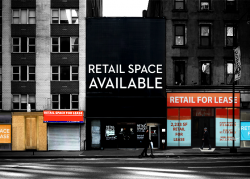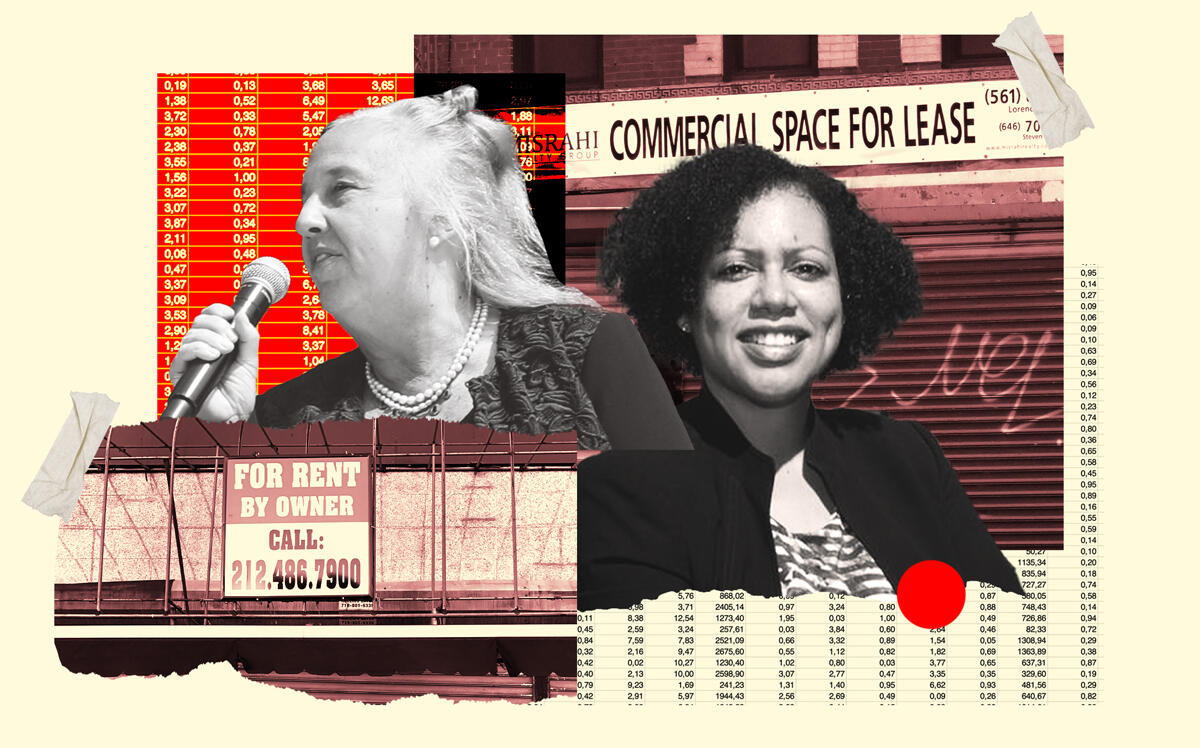 Lost without office workers, Midtown storefronts struggle to find tenants
Lost without office workers, Midtown storefronts struggle to find tenants
Trending
City Council’s storefront tracker comes up empty
Database targeting commercial vacancies is missing lots of information

For decades, City Council members have pondered commercial rent control and other ways to keep New York City’s retail corridors filled with the stores they want, rather than leave matters to landlords and tenants.
Unable to get rent control or a vacancy tax to a vote, they settled for a precursor: a vacancy survey.
The New York City Council passed in July 2019 what was dubbed the Storefront Tracker Bill. Under the legislation, the Department of Finance would collect information and establish a public dataset of commercial properties in the city.
However, nearly three years later, the result is a far cry from what lawmakers imagined.
“There’s work to be done at the Department of Finance,” Council member Gale Brewer, an advocate of the bill, said in an interview with The Real Deal.
The legislation dictates the dataset shall divulge each location’s median and average lease duration, the median and average remaining term to lease expiration, the median and average size of rentable floor area per premises lease and the median and average rent.
The current database, titled Storefronts Reported Vacant or Not on Open Data, has pretty much none of that.
It only includes addresses, primary use of the location (such as for a retail store or restaurant) and whether the site is vacant. The data is collected through an online portal, which allows owners to provide information about ground and second-floor storefronts on their properties.
But getting landlords to cough up sensitive information has been nearly impossible. Things like rent and other lease terms are usually kept between the property owner, tenant and brokers involved.
“Why should they have to make it public?” said Brandon Singer, CEO of retail brokerage Retail by MONA. “Does the restaurant you go to make public their sales? Does the clothing store you buy your sneakers at tell you how much revenue [it has]?”
Brewer, whose Manhattan district includes the Upper West Side, said she has constituents who use the database to map vacancies in their areas, as well as find storefronts to fill with new businesses. But the database is only updated every year, meaning the information is provided with a lag.
“Data is only as good as the people who put the data in,” Brewer said. “You don’t know how up to date it is and you don’t know if all the information is in there.”
Read more
 Lost without office workers, Midtown storefronts struggle to find tenants
Lost without office workers, Midtown storefronts struggle to find tenants
 “They are an insular, arrogant group”: Borough presidents have harsh words for DOB, City Planning
“They are an insular, arrogant group”: Borough presidents have harsh words for DOB, City Planning
 Landlords offer to re-open 20K warehoused apartments*
Landlords offer to re-open 20K warehoused apartments*
The Real Estate Board of New York has helped keep commercial rent control bills bottled up over the decades. A REBNY spokesperson gave a gracious characterization of the registry, calling it an “important first step to understanding the challenges in the retail market.”
“But it’s important to not view that data in isolation, especially given the volatility over the last few years,” the spokesperson said in an email.
Jessica Walker, president and CEO of the Manhattan Chamber of Commerce, last month received an allocation of $800,000 from Rep. Carolyn Maloney’s office to have researchers walk through the streets of Manhattan and pinpoint vacancies.
She said the yearly update is not enough.
“This cannot be the only data we’re relying on to set policy priorities,” Walker said. “We’re in a pandemic, things are changing so quickly. When you look at some of the big real estate firms, they’re doing snapshots quarterly, which I think is more helpful.”
At a March 2019 council hearing, SBS Commissioner Gregg Bishop said the registry would be an “important part of the effort” of passing a vacancy fee. Brewer said such legislation would have to go through Albany.
Walker called the proposed fee “counterproductive,” an opinion shared by REBNY, which has long argued that landlords need no added incentive to fill their empty spaces.
“We need to work together to ensure the city’s economic recovery, and that means focusing on flexibility for small businesses and commercial properties, not more fines,” the trade group’s spokesperson said.
Closed as of Dec. 2020:
Closed as of Dec. 2021:




